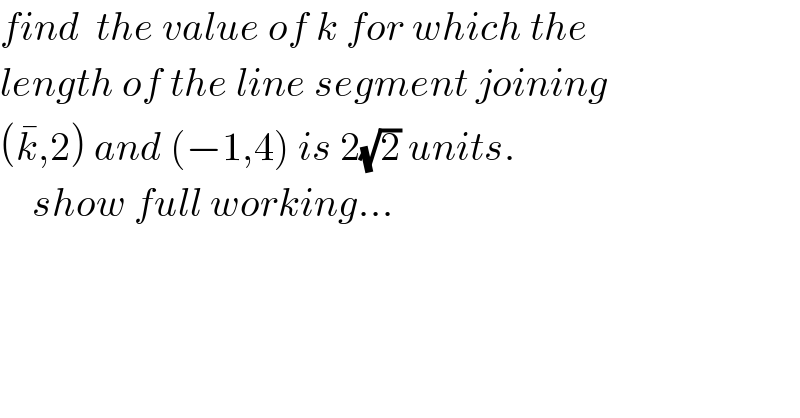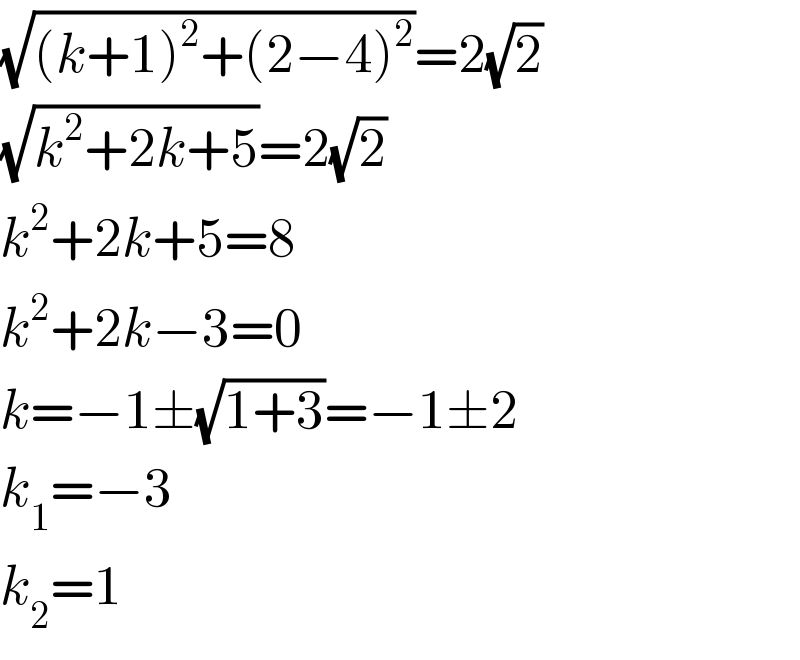
Question and Answers Forum
Question Number 32834 by Rio Mike last updated on 03/Apr/18

Answered by MJS last updated on 03/Apr/18

| ||
Question and Answers Forum | ||
Question Number 32834 by Rio Mike last updated on 03/Apr/18 | ||
 | ||
Answered by MJS last updated on 03/Apr/18 | ||
 | ||
| ||